Last spring I decided I wanted a button bush for my butterly friends. I had a very low place in my yard that stays pretty wet in the winter and I thought if I put it there, I could keep it wet enough in the summer.
So I put in the button bush (Cephalanthus occidentalis) , some Texas star hibiscus (hibiscus coccineus) and 2 elderberries (Sambucus nigra ssp. canadensis) because after all, who can plant just one plant right?
I made the bed by smothering the grass that was there, a mix of natives and some bermuda and all was well.
For a while. Until the drought and heat really cranked up. I knew I was going to feel really bad if I had to pour water to those guys when everything else in my yard is xeric and mostly native.
So what to do?
Well to understand the rest of the story, you have to understand aerobic septic systems. If you've never heard of one, it's pretty much a little water treatment plant you have in your yard. The water goes through three tanks, the last of which is chlorinated. Then it has a pump that pumps the now clean water out via a set of sprinkler heads. You are not allowed to grow vegetables with that water but are supposed to have vegetation on the ground where the sprinklers spray. There have to be a specific # of sprinklers with a specific diameter to spread the water and avoid runoff.
Well now everyone is envisioning the area under the sprinklers as the some lush green thing, but it's not. At least not in a household with only two people who don't use a lot of water. So what happens is you really can't even tell the difference in the grass where the water goes.
But back to the story. It finally occurred to me that this new bed was in the path of one of the sprinkler heads. So I decided that since runoff was not exactly a problem this year, perhaps I could focus one of the sprinkler heads more on this area and keep these plants going.
So I did and it worked. In fact, it worked so well, that a big green patch of bermuda appeared everywhere in the now reduced field from the sprinkler.
Wheels started turning. I now had a no-guilt way to water, using the black/gray water from my house and not only that, I could support some plants that would never have worked for me without all this supplemental water.
Fast forward to the fall plant sale at the Wildflower center and me with a list of plants I would never have dreamed of buying.
You can buy a lot of plants when the 4 inchers are only $3 :-)
So I ended up with all of the following, most of which were 4" but some 1 gallon:
Aloysia gratissima Bee bush - I have this elsewhere but read it can 'tolerate poor draingage' we'll see how it like this damp bed
Indigofera lindheimeriana Lindheimer’s Indigo not sure about the cold hardiness on this one
Rudbeckia Texana Texas coneflower grows on the coastal prairie, hope it likes it here
Asclepias incarnata swamp milkweed
Andropogon glomeratus Bushy Bluestem
Bidens Laevis Smooth beggars tick
Teucrium canadense American Germander
Physostgeia intermedia Spring obedient plant
Rudbeckia maxima Giant coneflower
Tradescantia hirsutiflora Hairy Spiderwort
Liatris pychnostachya
Monarda fistulosa Wild bergamot
I had also previously added some Physostegia virginiana.
Now how to plant them? Clearly the bed wasn't big enough. So I had to expand it. But the elderberries (which started as 4" and were now 3') were at the front of the bed, as viewed from the part of the yard where we like to sit
So long story short, I moved the elderberries and planted out all the rest.
Not being the best planner the bed ended up with kind of a random shape. DH doesn't do random. So I got him to help me with the edging and finishing it off, and random became (drum roll please) a ball diamond shaped bed! If you click on the pics and go the Photobucket album you can read the descriptions and the tiles on each photo.
Hope you enjoy this.
Teri
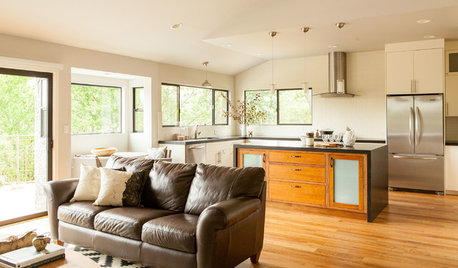
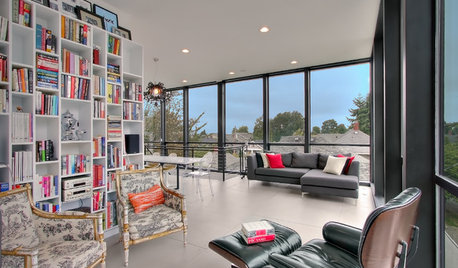
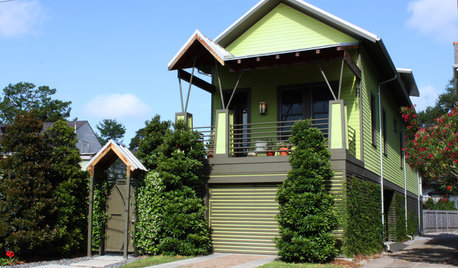


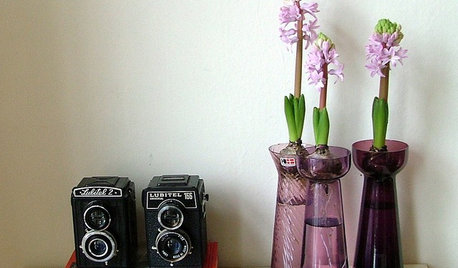
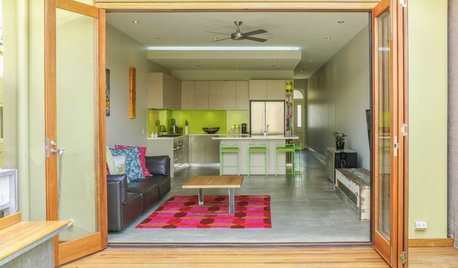
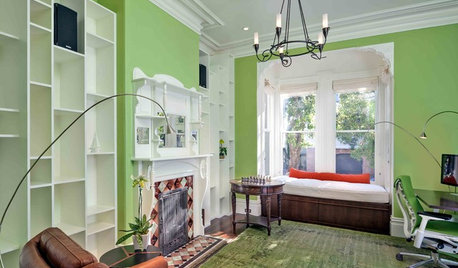
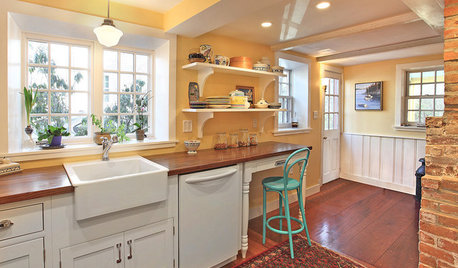







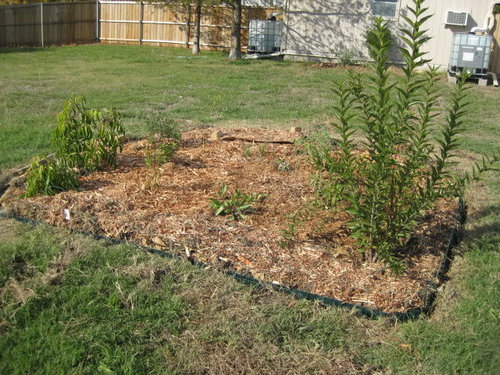
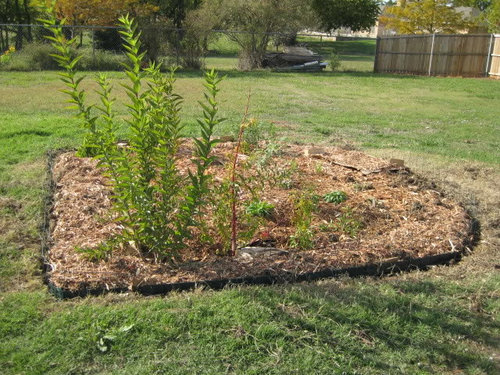


ogrose_tx
lucas_tx_gwOriginal Author
Related Professionals
Beachwood Landscape Architects & Landscape Designers · Sand Springs Landscape Architects & Landscape Designers · Middletown Landscape Contractors · Duarte Landscape Contractors · Hurricane Landscape Contractors · La Mirada Landscape Contractors · Painesville Landscape Contractors · West Chicago Landscape Contractors · Four Corners Landscape Contractors · Acushnet Stone, Pavers & Concrete · San Jose Window Contractors · Hudson Window Contractors · Leicester Window Contractors · Opa Locka Window Contractors · Plainview Window Contractorspjtexgirl
ExoticRGVNativesTy
lucas_tx_gwOriginal Author